I have a joystick that I wish to connect to my Arduino uno. However, there's no VCC or 5V or GND pins to connect to. I do see a COM pin, but I'm unsure how I should wire that to the Arduino. My objective is to take an input that determines whether LEDs should be emitting light or not.

I can't find any model number on the PCB or on the listing where I bought it from. The only information provided on the listing:


